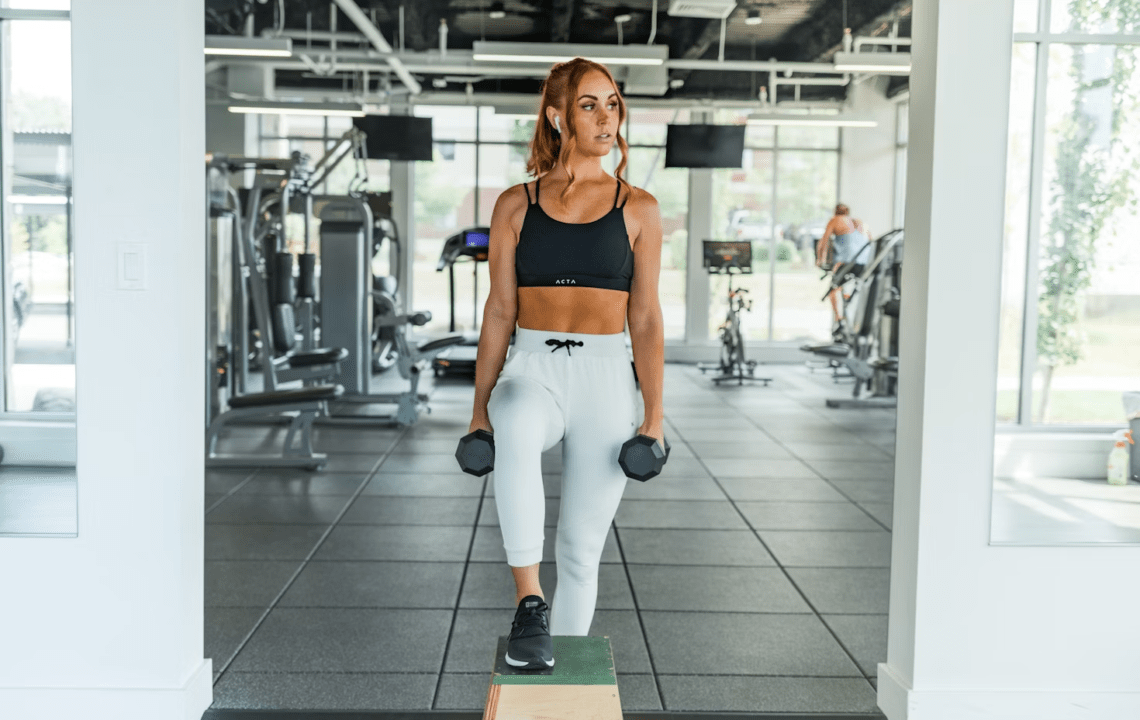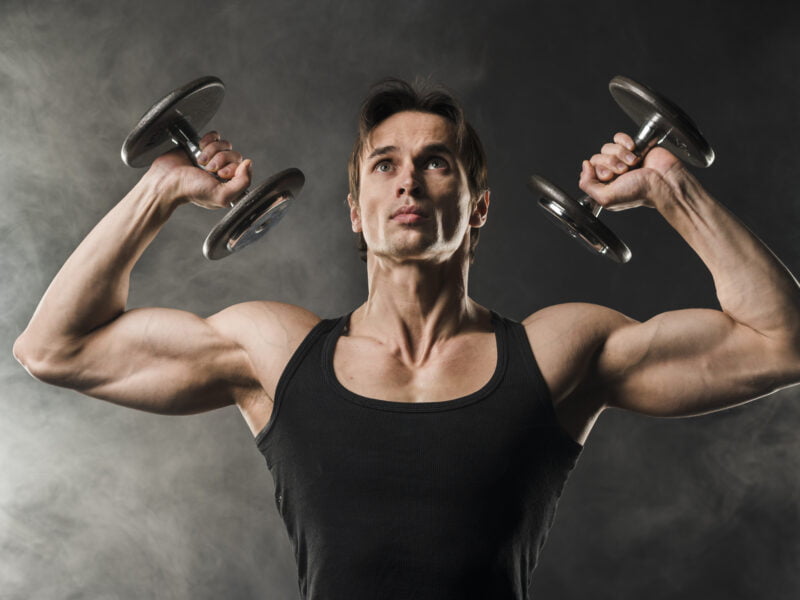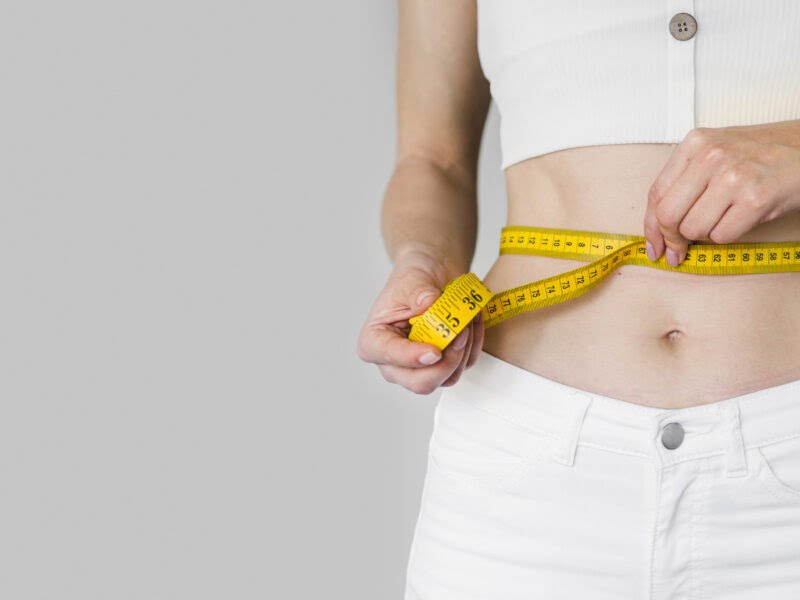Gaining muscle can be an elusive journey, especially for women. The fitness world is often flooded with conflicting advice, miracle diets, and quick fixes that promise overnight results. But let’s get real—building muscle takes time, consistency, and a lot of hard work. The good news? The signs of muscle gain are often more subtle and gratifying than you might think.
If you’ve been hitting the gym, lifting weights, and maybe even swapping out your morning croissant for a protein shake, you might be wondering, “Am I gaining muscle, or is this just wishful thinking?” Well, This guide is here to help you understand the murky waters of muscle gain.
How Do To Find Whether You Are Gaining Muscle or Fat?
First things first, distinguishing between muscle gain and fat gain is important. Muscle and fat can feel quite similar, but they affect your body in different ways. One of the most accurate ways to determine your muscle-to-fat ratio is through a body composition analysis. Tools like bioelectrical impedance scales, DEXA scans, or even skinfold calipers can give you a clearer picture of your muscle mass versus fat mass.
Now, this might sound basic, but your reflection can tell also you a lot. Muscle gain often results in a more toned appearance. Look for definitions in areas like your arms, legs, and abdomen. If you’re seeing more definition, chances are you’re gaining muscle. Muscle takes up less space than fat, so if your clothes are getting looser around the waist but tighter in areas like your thighs or arms, you’re likely gaining muscle.
Many other signs can help you determine if you’re gaining muscle or losing fat, as explained below.
10 Signs Of Gaining Muscle In Female
1.Increased Strength:
This is the most obvious sign. If you can lift heavier weights or perform more reps with the same weight than you could a few weeks ago, you’re definitely gaining muscle. Strength improvements are a direct result of muscle hypertrophy.2.Improved Muscle Definition:
You’ll start to notice more definition in areas like your arms, shoulders, legs, and abs. This is because muscle is denser than fat, giving your body a more toned and sculpted appearance.3.Visible Veins (Vascularity):
As you gain muscle, you might notice more veins appearing, especially in your arms and legs. This is due to the reduced fat layer and increased blood flow required to feed your growing muscles.4.Weight Fluctuations:
Your weight might not change much, or it can even increase slightly. This is because muscle weighs more than fat. If you’re gaining muscle and losing fat simultaneously, the scale might not reflect the changes happening in your body composition.5.Improved Posture:
Stronger muscles, particularly in your core and back, can lead to better posture. If you notice that you’re standing or sitting up straighter, it’s a good sign you’re building muscle.Reduced Body
6. Measurements:
Even if your weight stays the same, you might notice that your body measurements, especially around the waist, hips, and thighs, are decreasing. This indicates fat loss and muscle gain.7.Muscle Soreness:
Experiencing delayed onset muscle soreness (DOMS) after a workout can be a sign of muscle growth. This soreness usually means your muscles are repairing and growing stronger.8.Tighter Skin:
As you build muscle and lose fat, your skin starts to feel tighter. This is especially noticeable in areas where you’ve lost fat and gained muscle.9.Increased Appetite:
Building muscle requires energy, and as your muscle mass increases, so does your caloric requirement. If you find yourself hungrier than usual, it could be because your body needs more fuel to support muscle growth.10.Better Athletic Performance:
Whether it’s running faster, jumping higher, or simply performing daily tasks with more ease, improved athletic performance is a clear sign of muscle gain.Foods That Help In Gaining Muscles in Female

Building muscle isn’t just about lifting weights; nutrition is important too.
- Lean Proteins: Chicken breast, turkey, lean beef, and fish are excellent sources of high-quality protein, essential for muscle repair and growth.
- Eggs: Packed with high-quality protein, healthy fats, and important nutrients like B vitamins and choline, eggs are a powerhouse for muscle building.
- Nuts and Seeds: Almonds, walnuts, chia seeds, and flaxseeds offer a good mix of protein, healthy fats, and fiber, making them great for muscle recovery and overall health.
- Legumes: Beans, lentils, and chickpeas are excellent plant-based protein sources that also provide fiber and essential vitamins and minerals.
- Berries: Blueberries, strawberries, and raspberries are rich in antioxidants, which help in reducing muscle inflammation and enhancing recovery post-workout.
You can consider trying out specific diet plans if you aren’t already on one, like the 30 30 30 diet, 90 30 50 diet plan, the 30-day intermittent fasting challenge, or the 21-day fatty liver diet to tailor your nutrition towards muscle gain and overall health improvement.
Foods You Need To Avoid While Gaining Muscle
While focusing on muscle gain is important it is to focus on what to eat, and what NOT to eat before or after the workout is equally important. Here are some foods to steer clear of:
- Sugary Snacks: Foods high in sugar like candies, cakes, and pastries provide empty calories that can lead to fat gain rather than muscle development.
- Alcohol: Excessive alcohol consumption can impair muscle growth and recovery. It can also lead to dehydration and nutrient deficiencies.
- Processed Foods: Highly processed foods often contain unhealthy trans fats, added sugars, and preservatives, all of which can interfere with muscle growth and overall health.
- Refined Carbs: Foods like white bread, white rice, and sugary cereals can spike your blood sugar levels, leading to increased fat storage instead of muscle gain.
- Artificial Sweeteners: These can sometimes cause digestive problems and disrupt your gut health, which is crucial for nutrient absorption and muscle growth.
Final Thought: Signs You’re On the Right Track
Celebrate your progress, no matter how small, and stay committed to your fitness goals. With the right approach and mindset, you’ll not only see the changes but also feel them, leading to a healthier, stronger, and more confident you.
So, keep lifting, eating right, and pushing your limits!!!





